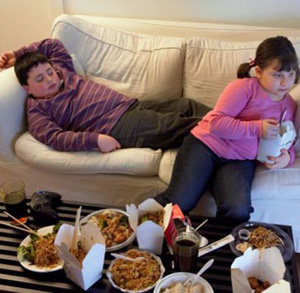Type 2 diabetes occurs most often in obese children. As such, parents have grown concerned about their children’s diets because not all diet plans apply to them. In these classes, they may fail to include certain food groups in diet plans, thereby eliminating nutrients vital to the development of the child from everyday food choices. The basic building block for preventing obesity amongst children remains a diet plan that contains various nutrients with adequate portion control.
1. Nutritionists mostly written off sugar in planning diets for diabetics because diabetics have difficulties in producing the hormone called insulin, which proves responsible for the breakdown of sugar in the body. The mere consumption of sugar does not cause diabetes. Nonetheless, children should control their amount of sugar intake. Calories should serve as the focus in regulating the diet of your child. You can include sugars in children’s diets; however, you must limit their portions since sugary foods contain more calories than any other food groups. However, sugar-free foods contain the same number of calories as those made with sugar. As such, consuming two sugar-free cookies will result in the same amount of weight gain as consuming two sugar cookies. A more effective way to prevent obesity in children involves controlling the cookie portion, such as skimming down from two cookies to one in a day.

2. Fats stand as the big enemy in the diet world because of the myth that when you eat fat, fat is what you will be. This is not strictly true. Fats prove essential in a child’s development and make the hair and skin healthy. However, fats have more calories than other food groups such as vegetables and grains. Portion control for fat still stands as the answer in making a good diet plan for children. Check serving sizes before purchasing products that contain fat such as butter or milk. Control servings of fat to two to three portions a day. Another good move involves making the switch to low fat substitutes or low fat products.
3. Food labels on pre-packed food items state their recommended daily serving portions. Follow the serving size posted on the packages when including them in your child’s diet. Five servings of fruits and vegetables work as a healthy consumption rate for children on a daily basis. Starchy foods such as bread and vegetables that contain much starch such as corn, peas and potatoes should come in at six daily servings. High protein foods such as meat also stand among the recommendations, but opt for lean meat rather than serving a fatty portion or go for white meat rather than red meat. Additionally, take note of the amount of meat you will serve your child. The recommended daily portion equals about one ounce of meat per meal, which comes in at roughly the size of a deck of playing cards. Keep snacks down to one serving per day. Fruit offers a better option for dessert, and encourage the drinking of water instead of juice or soda.